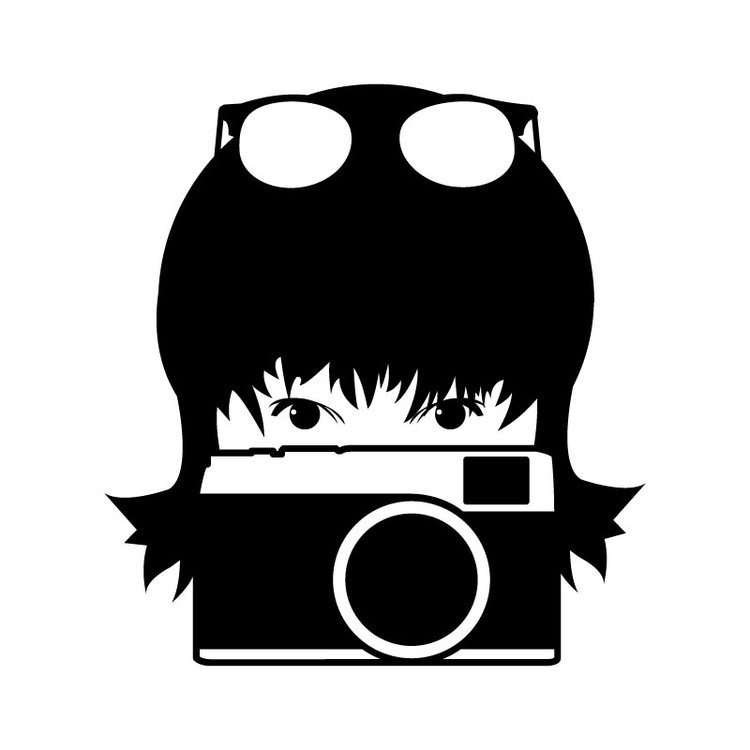Q: "Curious about the camera and your shooting style. Is the camera a fixed 22mm lens or does it have ability to changes lenses and the other question is when you do street photography is it just you and the camera or do you carry a few other items, i.e. a flash, etc." Jim
A: "Very good question Jim! A small rectification regarding my camera. The Fuji x100s actually has a fixed 23mm lens, which is the equivalent to a 35mm. It's not only a fixed focal length, but also a non-detachable lens. And that is the reason why I bought it and claim that it is the best camera I've ever owned. The focal length is ideal for street photography. Why would I need to change it? Also, I can shoot anything else with that camera (I took it to Iceland even!) I embrace the limitations, they make me a better photographer.
What else is in my camera bag? Batteries! The one small problem with the x100s is its really short battery life. I carry two extras with me at all times.
I never use a flash, for anything.
When I carry my ThinkTank Retrospective 5, my camera is never in it. It's in my hand, finger on the trigger. I still often bring the bag for a full day photo walk and I use it to carry personal items such as a water bottle, a snack and the tiniest travel umbrella.
I'm definitely a gear minimalist and I strongly believe in the power of limitations. Although when you're lucky enough to shoot with a fine piece of gear like the Fuji x100s, I would hardly qualify it as limiting... It is, after all, the best camera I've ever owned. Not because it is technologically better, but because it has become an extension of me and my vision and it doesn't get in the way.
I hope this answers your question. Thanks again for reading my blog!" Valerie
©Valerie Jardin - My Fuji and the ThinkTank Retrospective 5
If you found this post useful, please leave a comment below and share your experience with the community. If you have a question, feel free to send it to Valerie for an upcoming Q&A blog post. This blog cannot exist without your questions!



